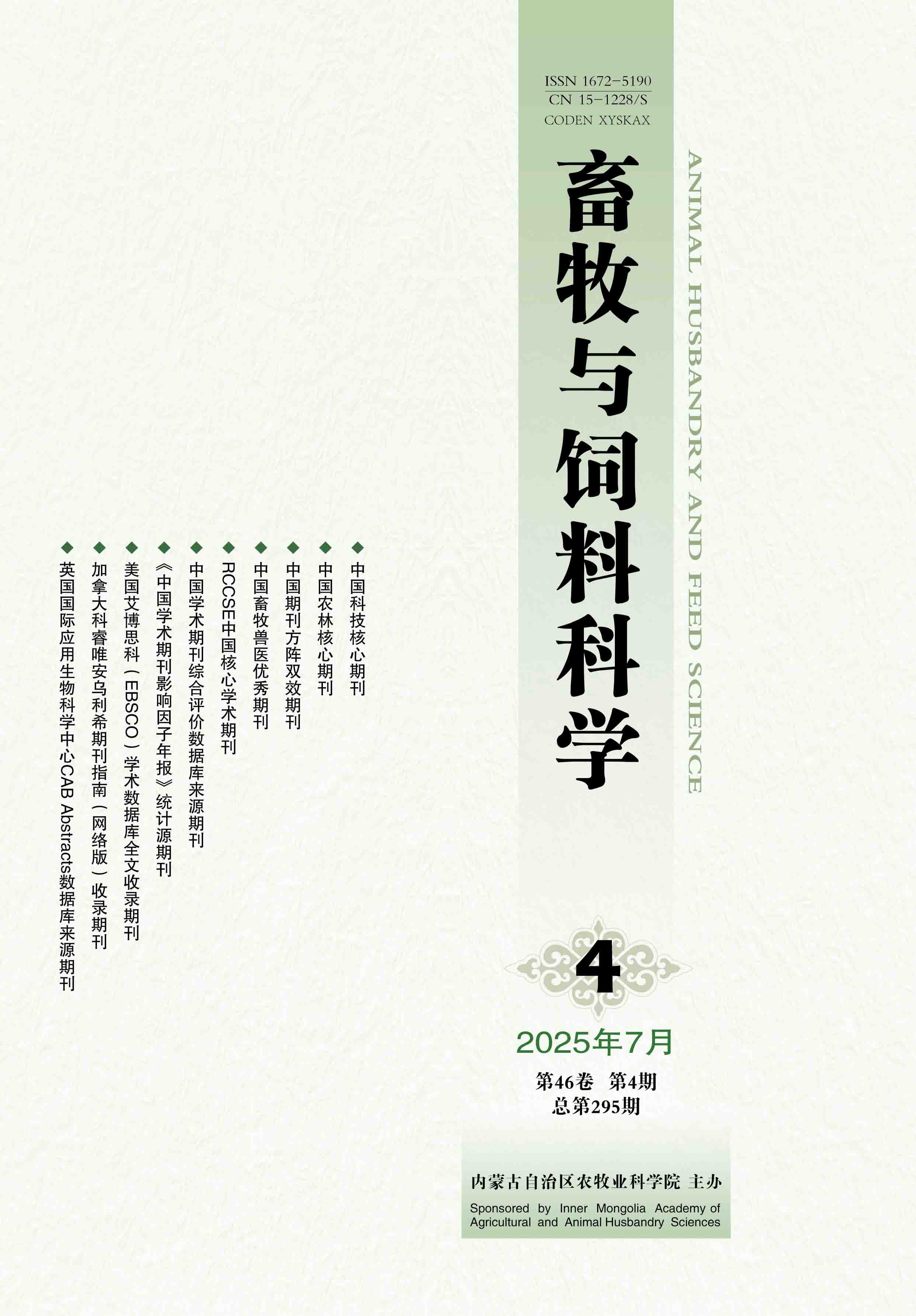Select
Effects of Oxygen Supply on Breeding Eggs Hatching of Lhasa White Chicken at the High Altitude Region
FENG Jing, PENG Da, SHI Hai-ren, ZANG Lei, ZHANG Jing-hua, MA Xue-ying
2020, 41(2):
105-108.
doi:10.12160/j.issn.1672-5190.2020.02.020
Abstract
(
352 )
PDF (622KB)
(
109
)
Save
References |
Related Articles |
Metrics
In order to investigate the effect of oxygen supply with different concentrations on the hatching of Lhasa white chicken breeding eggs, the 5th generation Lhasa white chicken breeding eggs were selected for hatching. A total of eight groups were included in this study, and there were 1 000 Lhasa white chicken breeding eggs for each group. The control group did not receive oxygen supply during the whole experiment. The oxygen concentration range supplied for experimental group 1 to 7 were 21.00%-22.50%, 22.51%-23.50%, 23.51%-24.50%, 24.51%-25.50%, 25.51%-26.50%, 26.51%-27.50%, and 27.51%-28.50%, respectively. During and at the end of the experiment, the indicators associated with hatching of Lhasa white chicken breeding eggs in different groups were recorded, calculated and compared. The results showed that the total number of hatchlings (851), the number of healthy hatchlings (813), the healthy hatchling rate (95.53%), and the hatching rate of hatched eggs (85.10%) and fertilized eggs (91.21%) in the experimental group 7 were the highest; the number of dead embryos (18) at first candling, the sperm death rate (1.93%), the number of dead embryos at second candling (29), the weak hatchling rate (3.88%), the number of hairy eggs (35), and the stillbirth rate (3.75%) in the experimental group 7 were the lowest; the number of non-spermatozoa eggs (68), the number of dead embryos at first candling (87), the sperm death rate (9.33%), the number of dead embryos at second candling (146), the number of dead hatchlings (8), the rate of dead hatchlings (1.42%), the number of hairy eggs (136), and the stillbirth rate (14.59%) in the control group were the highest; the number of fertilized eggs (932), the fertilization rate (93.20%), the total number of hatchlings (563), the number of healthy hatchlings (529), the healthy hatchling rate (93.96%), and the hatching rate of hatched eggs (56.30%) and fertilized eggs (60.40%) in the control group were the lowest; the experimental group 2 had the highest weak hatchling rate of 4.88%; the highest number of the fertilized eggs (942), the fertilization rate (94.20%) and the number of weak hatchlings (37) were observed in the experimental group 6, and the lowest number of the non-spermatozoa eggs (58) and the rate of dead hatchlings (0.49%) were also found in this group. This study provides a theoretical reference for the hatching experiments of Lhasa white chicken breeding eggs at oxygen supply condition conducted in the plateau.








